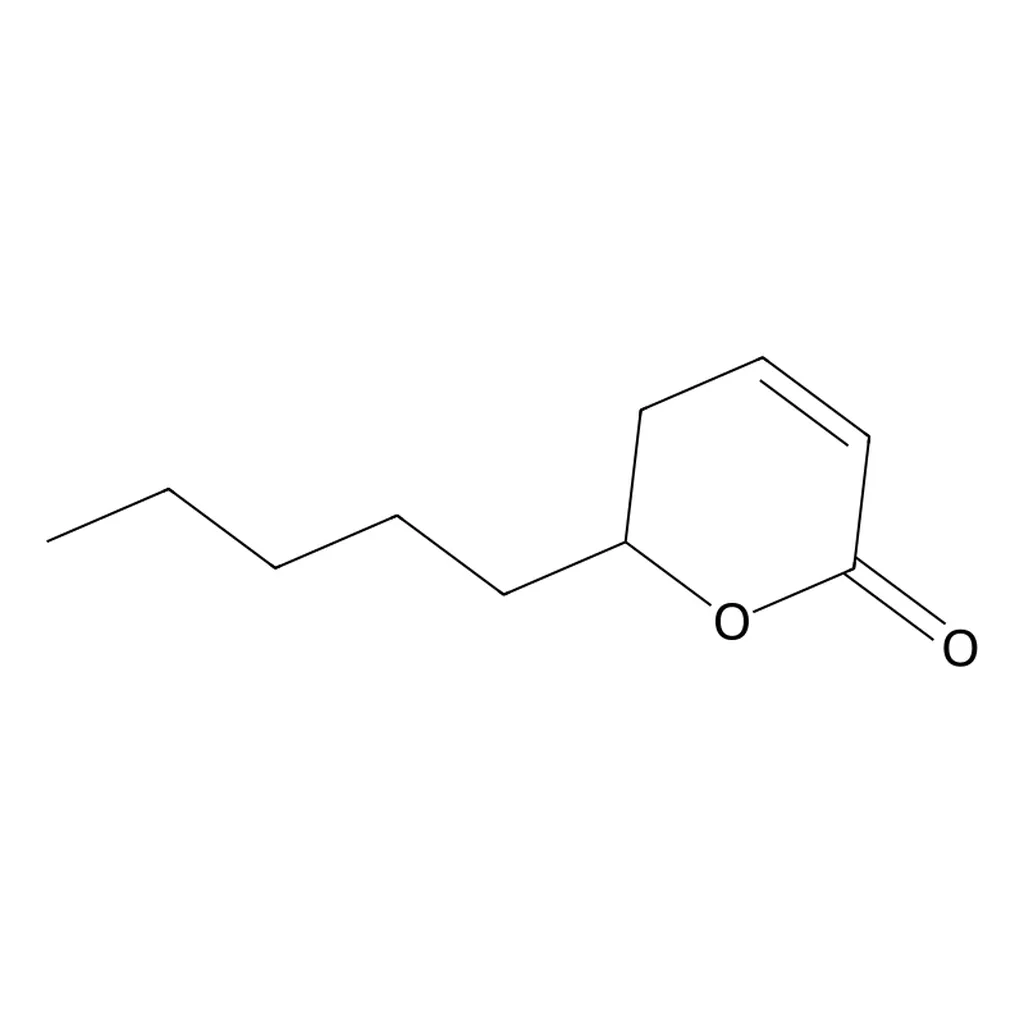In the realm of agricultural and industrial biotechnology, a compound with a sweet, coconut-like aroma is making waves. Massoia lactone, derived from the bark oil of Cryptocarya massoy, is gaining attention for its versatile applications and potential to revolutionize several sectors, including agriculture. A recent review published in the BIO Web of Conferences delves into the production technologies, multisectoral applications, and toxicological evaluation of this intriguing compound, offering insights that could shape future developments in the field.
Massoia lactone, a delta-lactone, has been recognized for its extensive industrial applications, ranging from food preservation to pharmaceuticals and veterinary uses. The review, led by Kartika I Gusti Agung Ayu from the Yoga and Health Study Program at I Gusti Bagus Sugriwa Denpasar State Hindu University, examines the structural features, production methods, and applications of C-10, C-12, and C-14 homologs of massoia lactone. The study highlights the compound’s potential in food preservation, oral biofilm management, and antifungal treatment in aquaculture, demonstrating minimal safety risks when used under regulated conditions.
One of the most promising aspects of massoia lactone is its potential impact on the agriculture sector. “Massoia lactone exhibits strong antifungal properties, which could be harnessed to develop sustainable and effective antifungal treatments in agriculture,” says the lead author. This could be a game-changer for farmers, offering a natural and safe alternative to conventional fungicides. The compound’s ability to manage oral biofilms also opens up possibilities for its use in veterinary applications, improving animal health and welfare.
The review outlines various production methods, including plant extraction, fungal fermentation, and chemical synthesis. Each method has its advantages and challenges, and the choice of production technology can significantly impact the cost and scalability of massoia lactone production. As the lead author notes, “The development of efficient and sustainable production methods is crucial for the widespread adoption of massoia lactone in various industries.”
The review also emphasizes the need for further research to elucidate the mechanisms of action and assess the long-term safety of massoia lactone. While the compound has been designated as Generally Recognized As Safe (GRAS) by the Flavor and Extract Manufacturers Association (FEMA), its regulatory review is still ongoing. As the lead author points out, “Further research is necessary to fully understand the potential of massoia lactone and ensure its safe and sustainable utilization.”
In conclusion, the review published in the BIO Web of Conferences offers a comprehensive overview of massoia lactone, highlighting its potential applications and the need for further research. As the agricultural and biotechnology sectors continue to evolve, compounds like massoia lactone could play a pivotal role in shaping the future of sustainable and innovative solutions. The insights provided by this review could guide researchers, industry professionals, and policymakers in harnessing the potential of massoia lactone for the benefit of various sectors, including agriculture.

